Foxgloves care and growing guide: how to grow these cottage-garden classics
Discover how to grow foxgloves for glorious spires of flowers that provide food for bees in summer


Foxgloves (Digitalis) bloom early in the summer season, are loved by bees and butterflies, and will tolerate a wide range of conditions. For all these reasons, they make superb garden plants.
Having old associations with fairies, they add presence and enchantment to flower borders. Some might say there is also something sinister about foxgloves, since they are poisonous plants. But treated with care – for example, handled with gloves – they are a useful and charming addition to the backyard.
As a garden design tool, foxgloves are indispensable. Producing tall rods of flowers that reach 2–6ft (60–180cm), they are excellent for adding vertical accents to borders. Being very slender, foxgloves can be planted at the front or in the middle of the border without obscuring the plants behind them, which creates an attractive effect of layers for your flower bed ideas.
'I use foxgloves as exclamation points in the garden,' says Pennsylvania-based landscape designer Nathan Tuno, of Roots Landscape Inc. 'Having them pop up in areas where height is needed is a great way to accentuate an already-full garden or draw attention to a feature like a statue or structure.'
Easy to grow, rarely succumbing to pests and diseases, and available in a variety of types, these enigmatic biennials and perennials are one of the joys of the summer garden. We've rounded up all the foxglove care advice you need to enjoy their display in your backyard.
What are the two main types of foxgloves?
There are biennial and perennial forms of foxgloves, both of which are beautiful.
- Biennial foxgloves: These include the wild foxglove (D. purpurea) and its many hybrids. Most people are familiar with the wildflower's purple-pink spires, which bloom in and around woodlands in early summer. The biennials live for two years, flowering in their second year.
- Perennial foxgloves: These are not well-known, but they are wonderful plants. There are several excellent garden forms to try, including the pale-yellow D. grandiflora and the fawn-copper D. ferruginea. They are short-lived perennials, flowering for a few years.

Where to plant foxgloves
Reliable, tough plants, foxgloves are great for a low maintenance garden border.
Being woodland plants that thrive in the dappled light of trees and in forest clearings, many of them prefer to be planted in semi-shade, but they can be grown in full shade or full sun.
Foxgloves aren't drought-tolerant plants, so if you want them in full sun, ensure the soil is humus-rich – for example, by adding compost, so that it doesn't dry out. They don't like waterlogging either, but forking in organic matter before planting can help ensure the soil is well-drained and moisture-retentive. On dense clay, you could also add grit.
A sunny site is the best option if you like to have plants for pollinators, because bees prefer to forage from flowers in sheltered sunshine. 'Bees will go to foxgloves in shade, but you tend to get more visitors in sun,' says bee expert Professor Dave Goulson, author of Gardening for Bumblebees, available on Amazon. 'Digitalis purpurea is visited almost exclusively by garden bumblebees (Bombus hortorum), which have a long tongue, and are the only ones able to easily reach the nectar.'
Planting foxgloves relatively near to a seating area is a great idea, so that you can watch the bumblebees flying into the bell-like flowers, as if disappearing into a cave, and re-emerging after drinking the nectar. Choose a spot that generally gets a full or half-day of sun to please the bees.
Foxgloves look lovely in all kinds of gardens, including the following schemes:
- Cottage gardens: Foxgloves such as 'Sutton's Apricot' are adorable amongst cottage garden style borders, alongside roses, bellflowers, and hollyhocks. They will make beautiful edging for your cottage garden path ideas.
- Contemporary gardens: The cream-bronze perennial D. ferruginea and the ivory-yellow perennial D. lutea, which both produce impressive, tall, slender spires, are fabulous amongst modern planting schemes.
- Woodland gardens: Foxgloves look superb growing in or near the shade of trees and shrubs. The elegant white form of the wildflower (D. purpurea f. albiflora) is perfect for brightening up a shady corner.

When to plant foxgloves
Depending on whether you are planning to grow flowers from seed or not, there are different times of year to plant foxgloves.
For seeds, sow foxgloves in spring or summer. Buy from a reputable supplier or take seed from your own foxgloves after flowering in summer.
Foxglove plants on the other hand, whether bought ready-grown or grown yourself from seed, are best planted in spring or fall. However, they can go into the ground in summer, if watered regularly.

How to grow foxgloves from seed
You can sow foxglove seeds under cover following these steps:
- Fill a seed tray with seed compost.
- Water with a fine watering can rose.
- Sprinkle the foxglove seed onto the compost.
- Don't cover the seed with compost.
- Place in a greenhouse or cold frame, or on a bright windowsill.
- Once big enough to handle, prick the seedlings out into module trays or pots.
Alternatively, sow the seeds direct – simply scatter the seeds onto the soil outside, either from a packet or from your own spent foxgloves.
‘I snap off the drying seed heads and then wander around my garden shaking them wherever I would like more foxgloves,’ says Professor Dave Goulson.
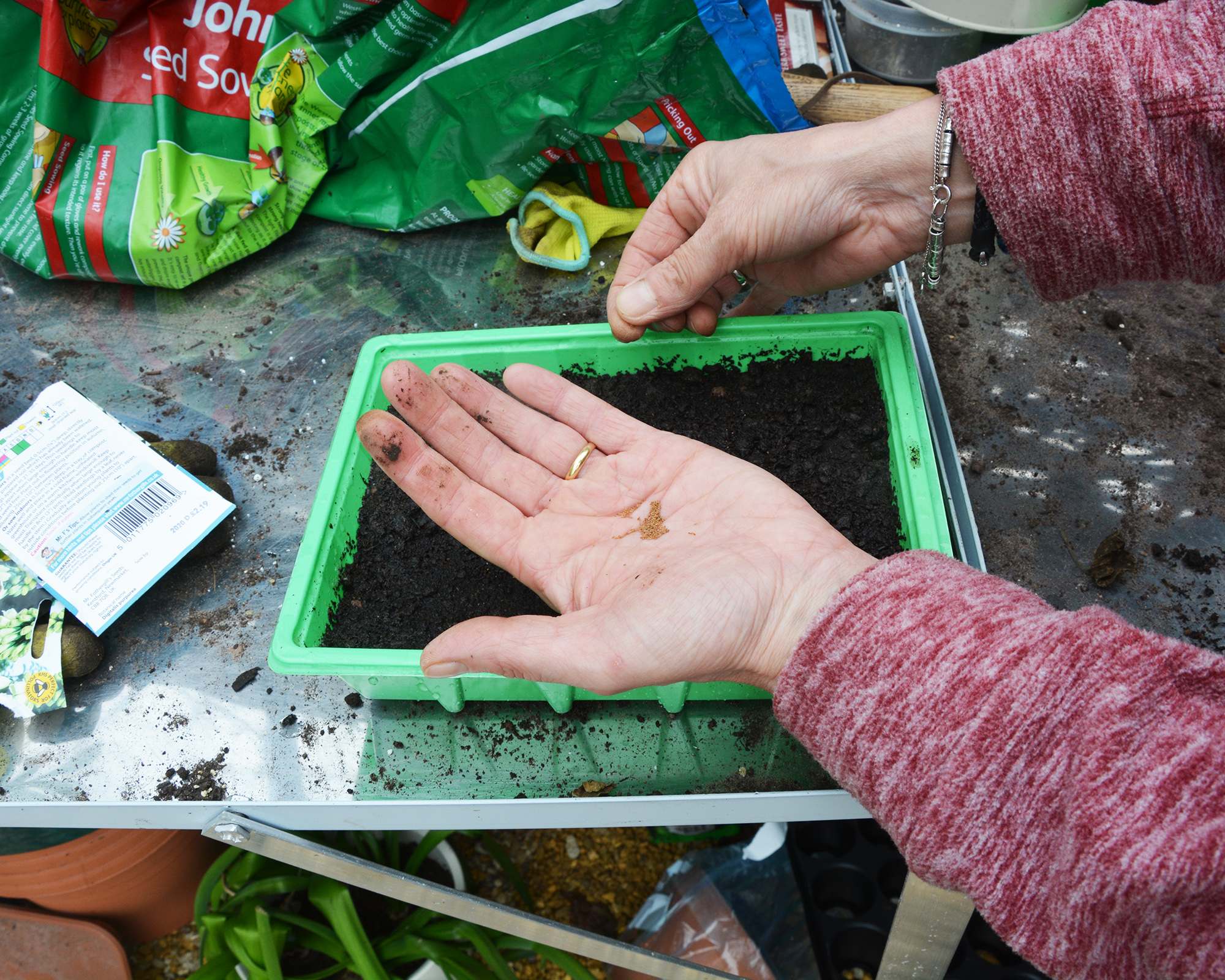
How to care for foxgloves
Get the most out of your foxgloves with these simple tips:
- Sow or plant the self-sowing biennial forms two years running to ensure a show of foxgloves every year (because the plants will only flower in their second year and will then die after self-seeding).
- Remove unwanted plants, if necessary. 'Here in the Beth Chatto Gardens, we only allow the white form of the wildflower to grow,' says David Ward, Garden and Nursery Director at Beth Chatto's Plants and Gardens in the UK, 'so we remove any pink plants. This ensures we keep the white form as the dominant color form, as the pink would quickly take over if allowed.' To do this, remove plants that have a purple-tinged stem.
- Mulching tender perennial foxgloves (such as D. canariensis) before winter sets in, for example with peat-free compost, will boost moisture and drainage, as well as soil nutrients. Since foxglove seed dislikes being covered, don't mulch around self-seeding plants if you want the seed to germinate.
- Taller foxgloves can be blown over in exposed sites, so opt for a sheltered spot, perhaps near a garden wall for instance, or support them by staking with bamboo or hazel.

How to propagate foxgloves
There are three methods for propagating foxgloves:
- Self-sowing: Some foxgloves are enthusiastic self-sowers. 'D. purpurea, the wild common foxglove, is by far the most prolific seeding foxglove,' says David Ward. 'The plant itself is biennial, and self-seeding is the only means it has to survive. It will throw up lots of color forms, from purple, pink, apricot, or white, often heavily spotted. But remember that the prodigy will not always replicate their parent. Of the perennials, D. grandiflora and D. lutea will seed mildly.'
- Collect seed: Wait until the spent, flowered stem is dry. Then hold a paper bag under it and shake the seed into it. If the weather is wet, cut the seedhead off and store it in a large paper bag to allow it to dry. The seeds will drop out into the bag. You can collect seed from the biennial forms and some of the perennials (such as D. grandiflora).
- Divide: Perennial foxgloves (such as D. x mertonensis) can be lifted and divided in spring to make new plants. You can also make new plants by taking basal cuttings in spring. Our guide on how to take cuttings from plants has plenty of tips to help you get started with this budget-friendly method.
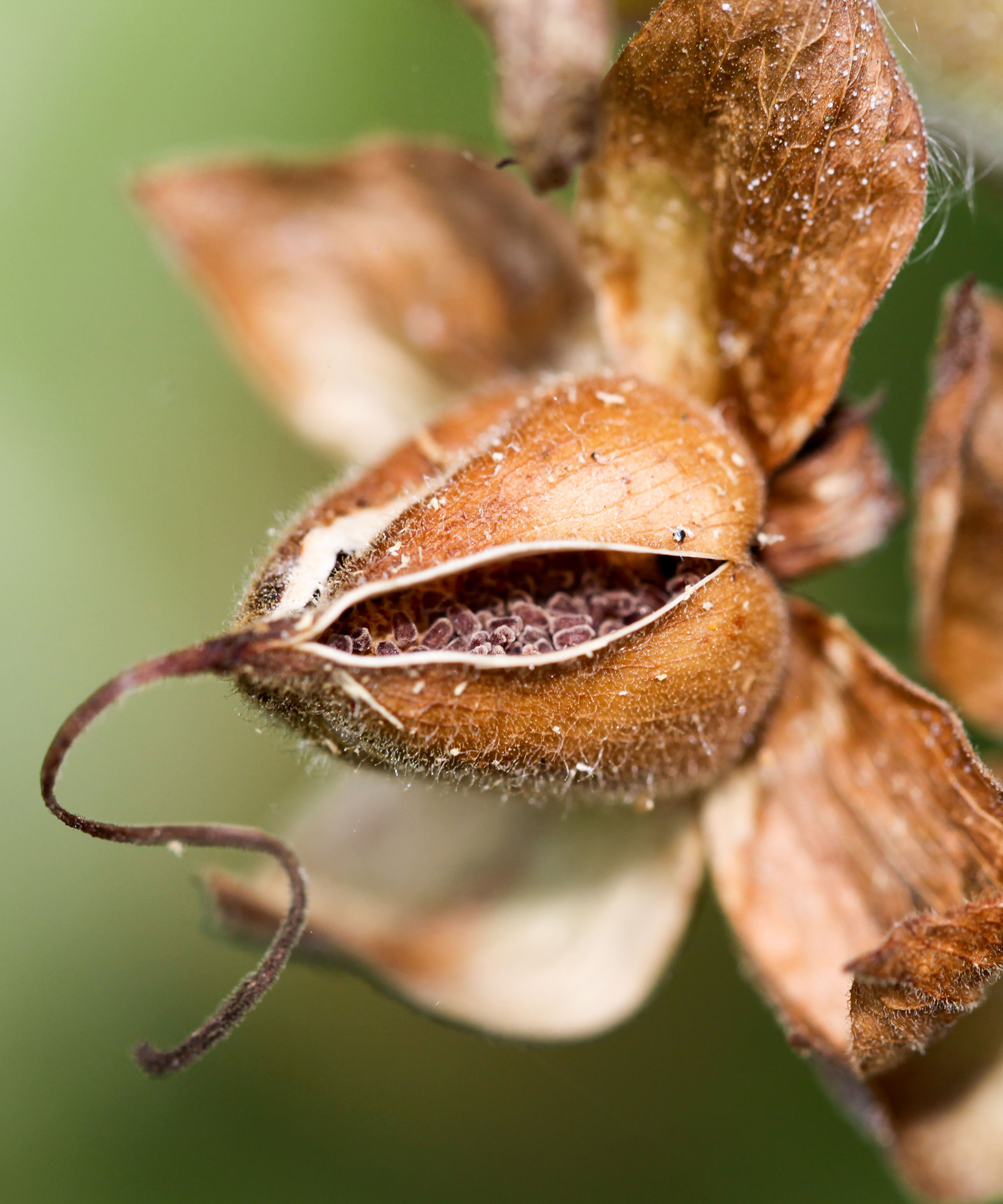
Common problems with growing foxgloves and how to solve them
Slugs and snails nibble the leaves of foxglove seedlings, so put down defenses (such as organic slug pellets) to protect them. Our guide on how to get rid of slugs has more tips.
Dusty white leaves can also occur. Prevent or sort this powdery mildew by ensuring foxgloves are sitting in moisture-retentive soil (especially in sunny borders) and have good airflow around them.
If you bought foxglove plants in spring, but they’re not blooming in summer, it's because they are biennials (plants that flower in their second year). They will flower next year.
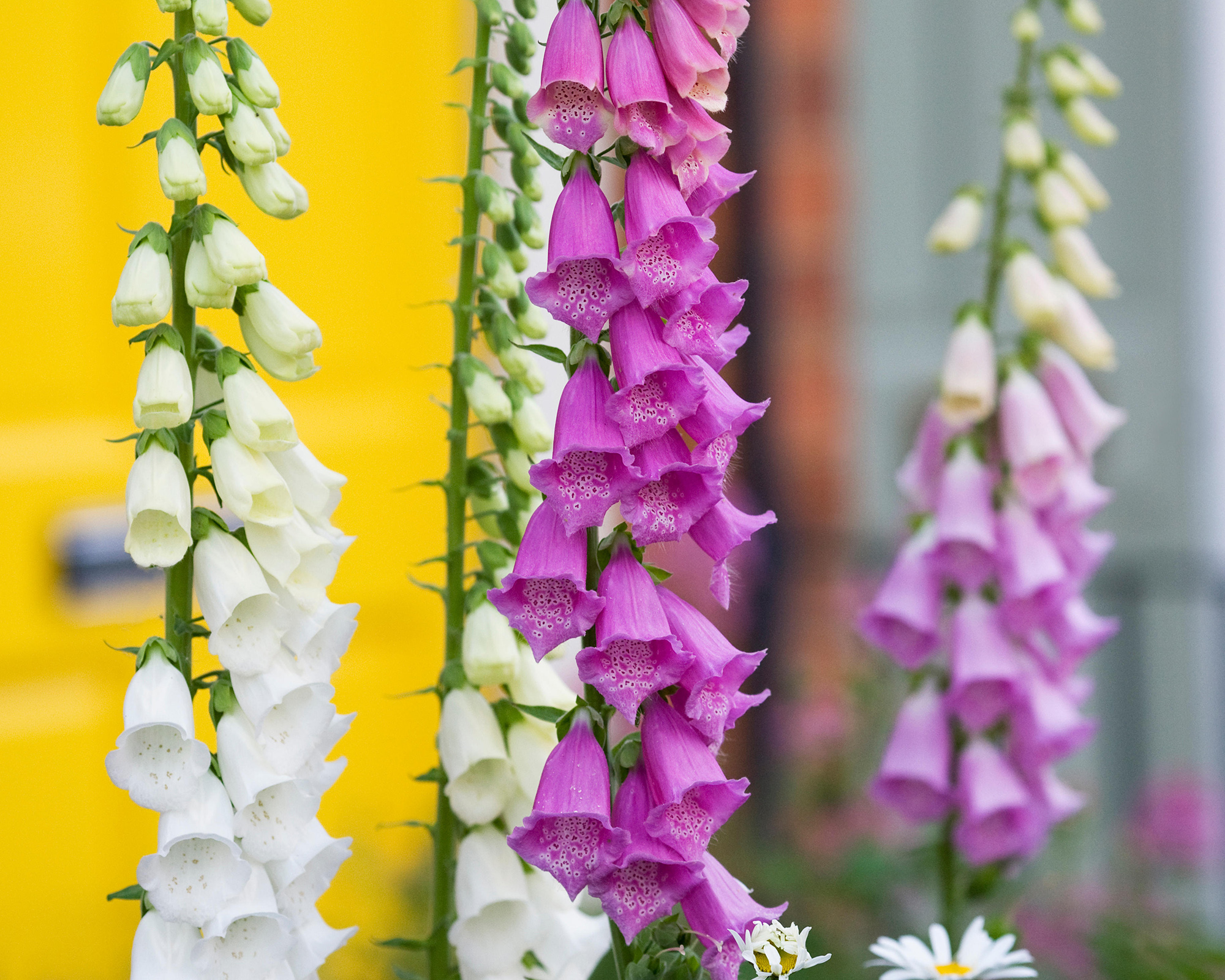
How poisonous are foxgloves?
All parts of the foxglove plant are toxic, but only fatal when ingested. Wear gloves when handling or wash your hands afterward. Teach children to recognize the rough gray-green leaves and bell-like flowers.
And be wary if you have pets – they are some of the most poisonous plants for dogs. Since the leaves taste horrid, dogs usually avoid them; but if you have a puppy who eats anything in sight, ensure the foxgloves are tucked away at the back of the border out of reach.
Deer will rarely eat foxgloves because of their toxicity. For this reason, they are ideal deer resistant plants.
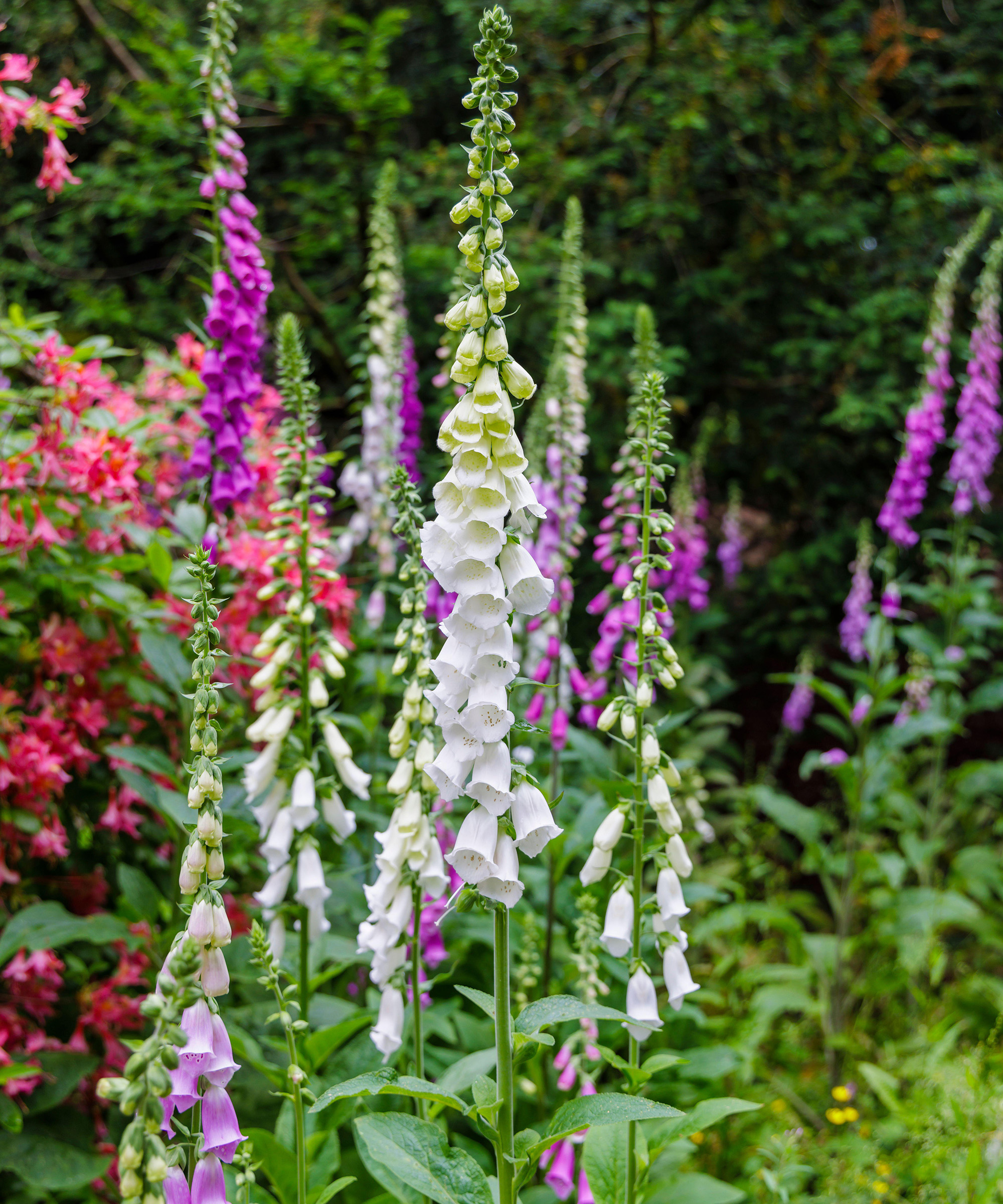
When do foxgloves bloom?
The biennial forms flower from late spring to early summer in their second year.
The perennial forms tend to bloom later, sometimes flowering alongside summer bulbs all the way into late summer, year after year.
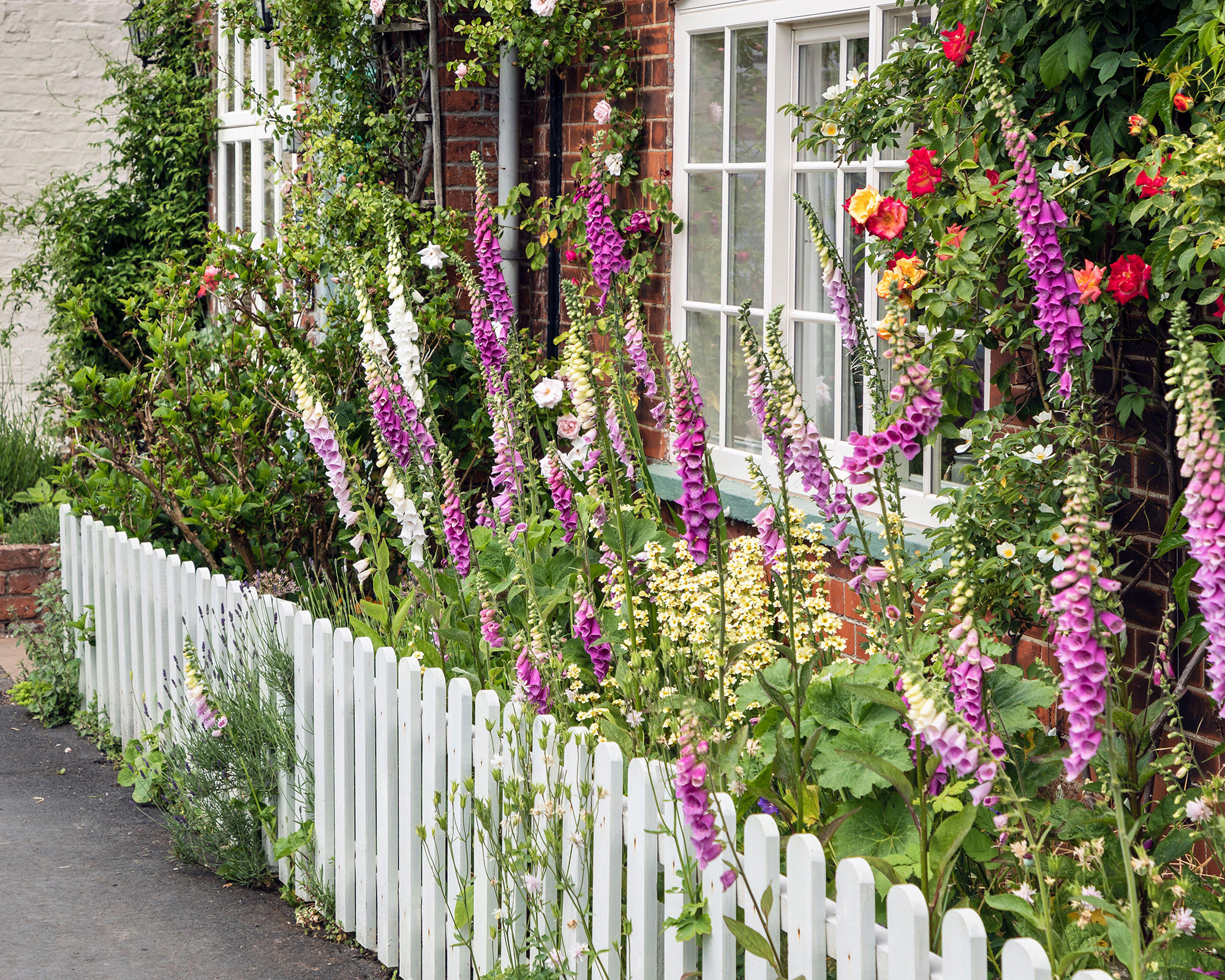
Where to buy foxgloves
Now you know how to grow foxgloves, you may be tempted for your own. We've made it easy to shop for these beautiful blooms with the quicklinks below:
Where to buy foxgloves in the US:
Where to buy foxgloves in the UK:

Teresa has worked as an Editor on a number of gardening magazines for three years now. So she is lucky enough to see and write about gardening across all sizes, budgets and abilities. She recently moved into her first home and the garden is a real project! Currently she is relishing planning her own design and planting schemes. What she is most passionate about when it comes to gardening are the positive effects it has on our mental health to grow and care for plants, as well as being great for the environment too and help provide food and shelter for wildlife.
